This article is brought to you by Datawrapper, a data visualization tool for creating charts, maps, and tables. Learn more.
Data Vis Dispatch, August 22
The best of last week’s big and small data visualizations
Welcome back to the 107th edition of Data Vis Dispatch! Every week, we’ll be publishing a collection of the best small and large data visualizations we find, especially from news organizations — to celebrate data journalism, data visualization, simple charts, elaborate maps, and their creators.
Recurring topics this week include the FIFA World cup finale, the consequences of climate change, and inflation.
The week began with a closer look at the fire in Lahaina, Hawaii:

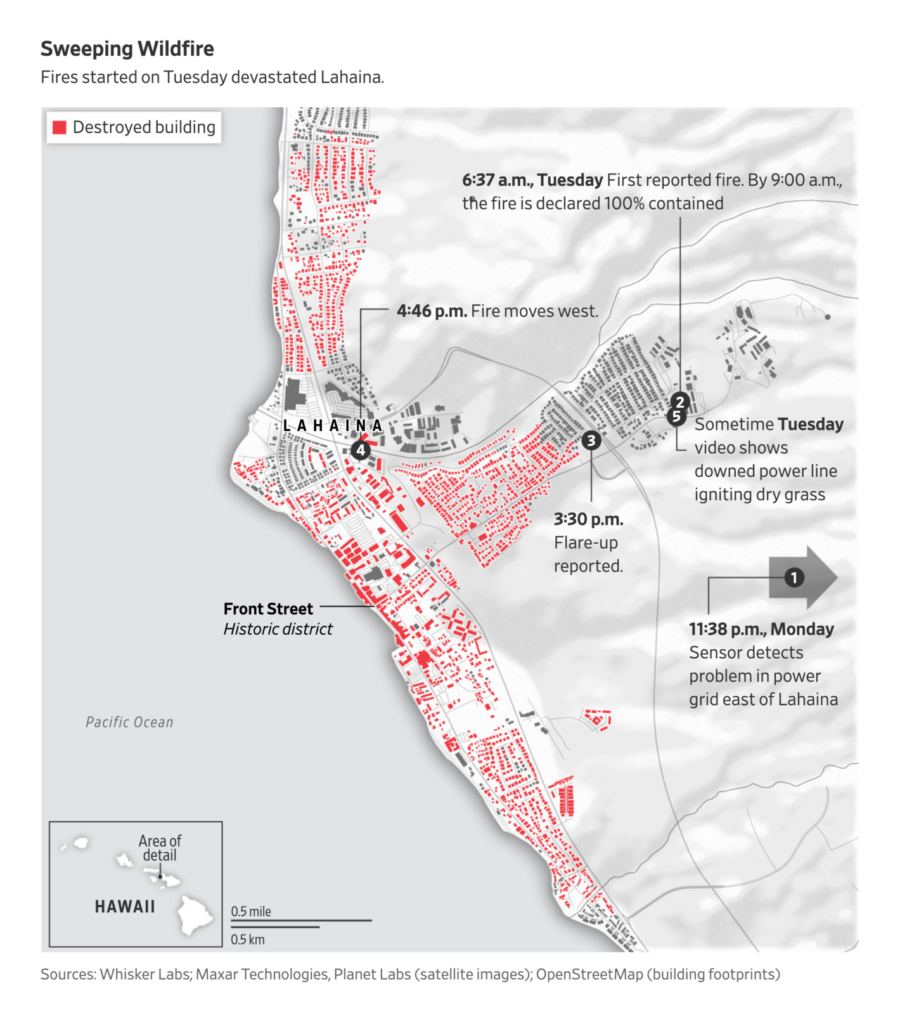
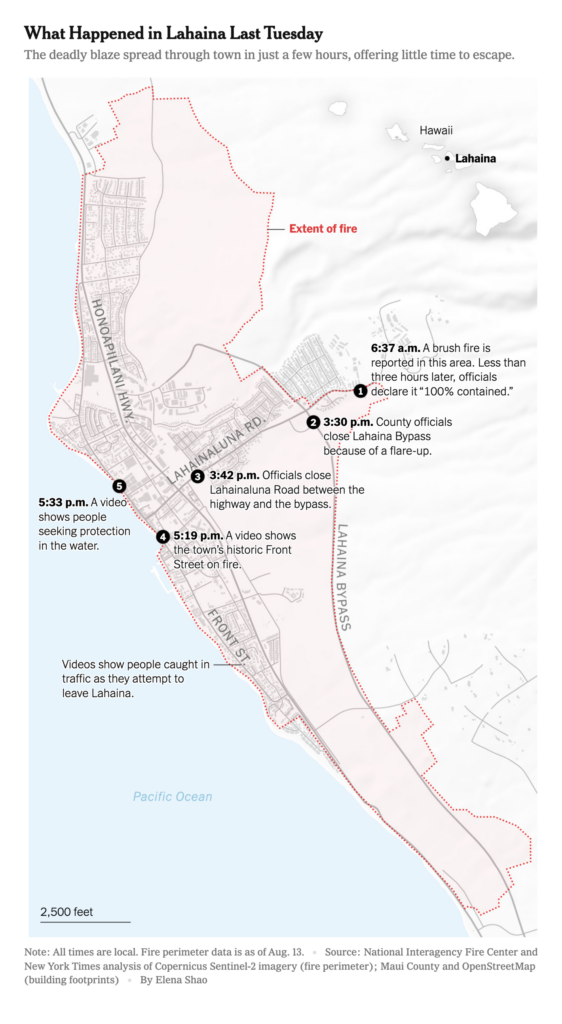
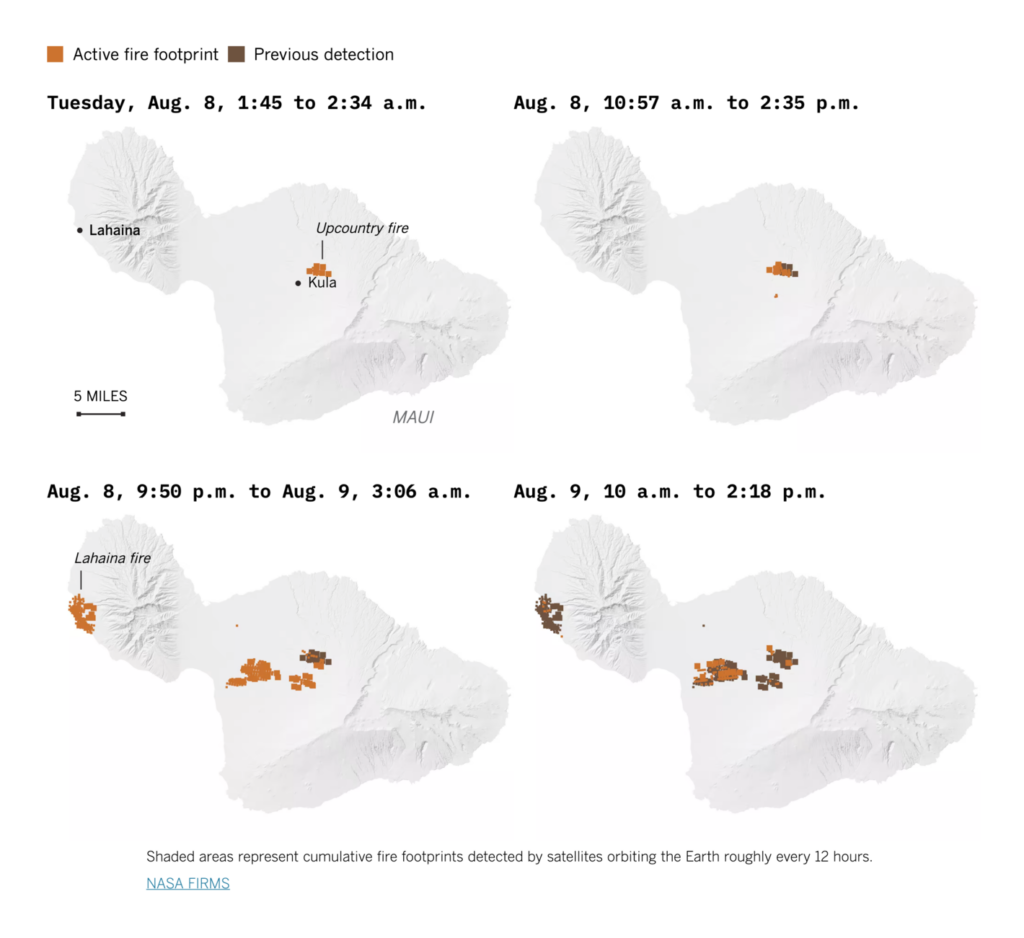
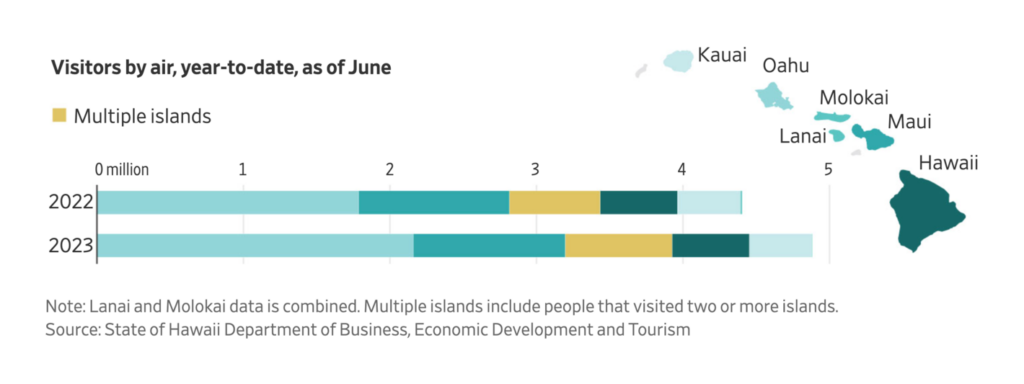
Hawaii hasn’t been the only place burning. Canadian wildfires set sad records:
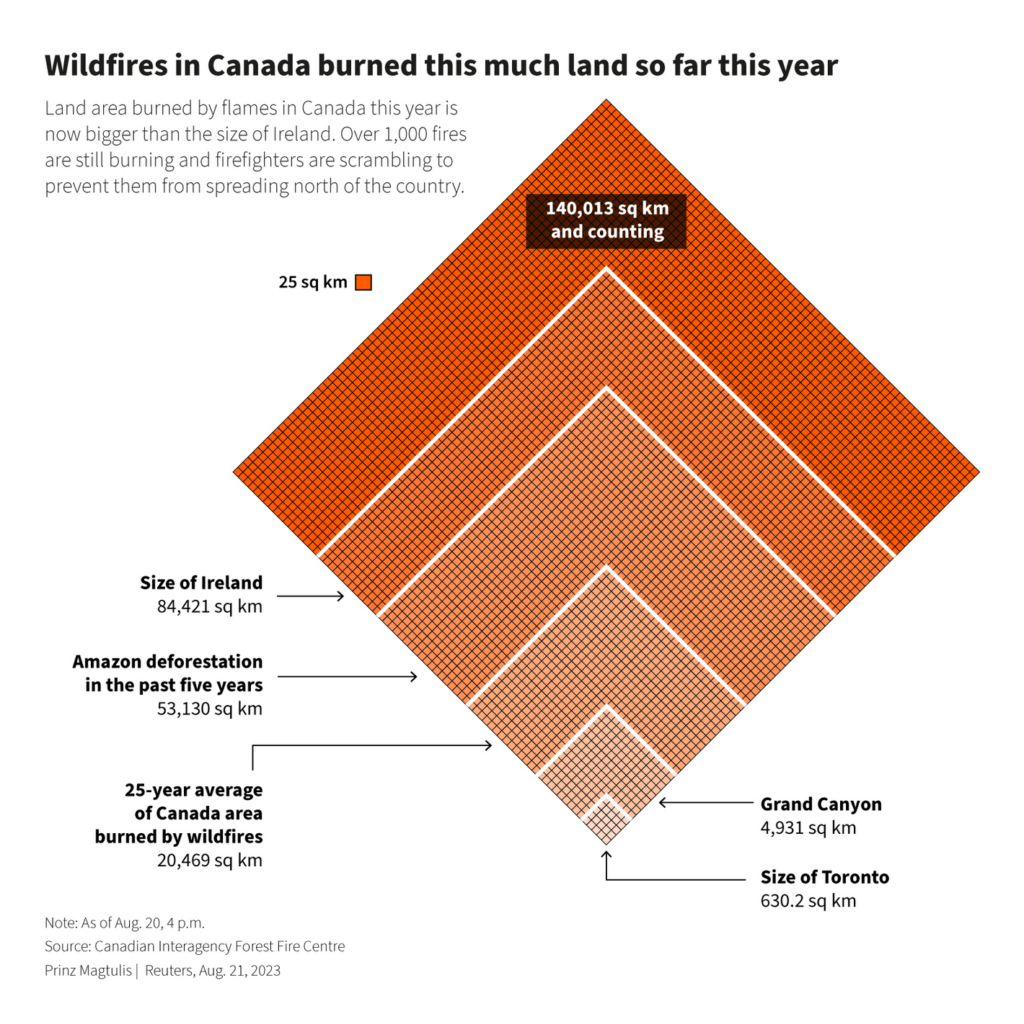

The reason? Climate change. Several newsrooms mapped the heat:
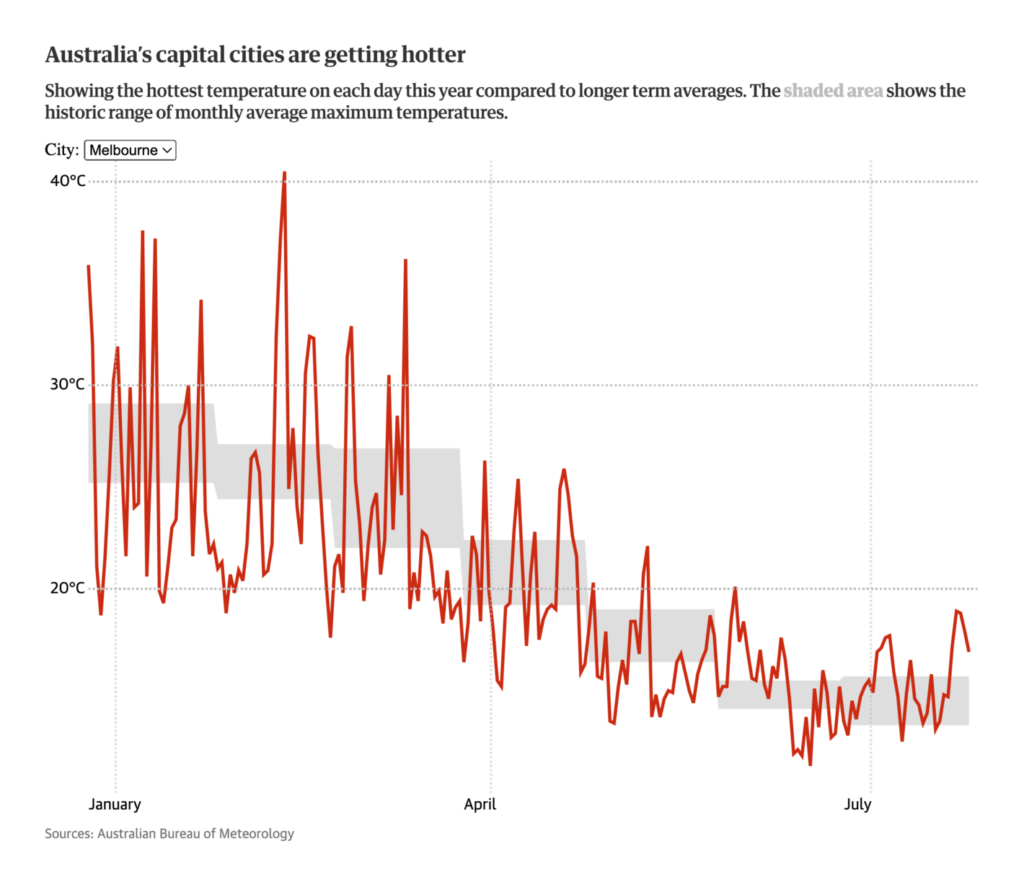
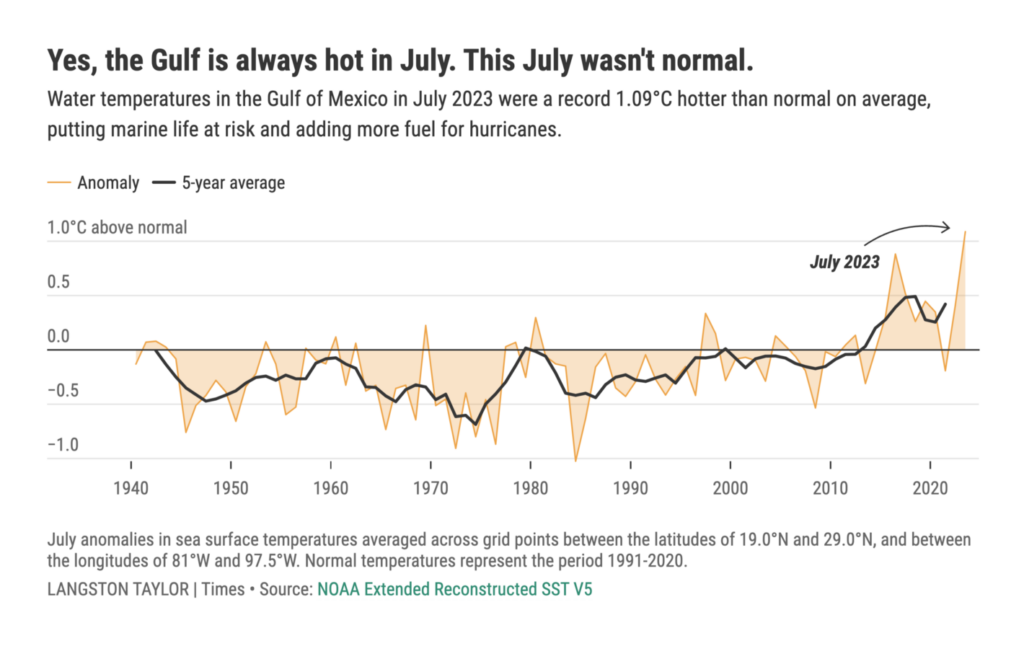
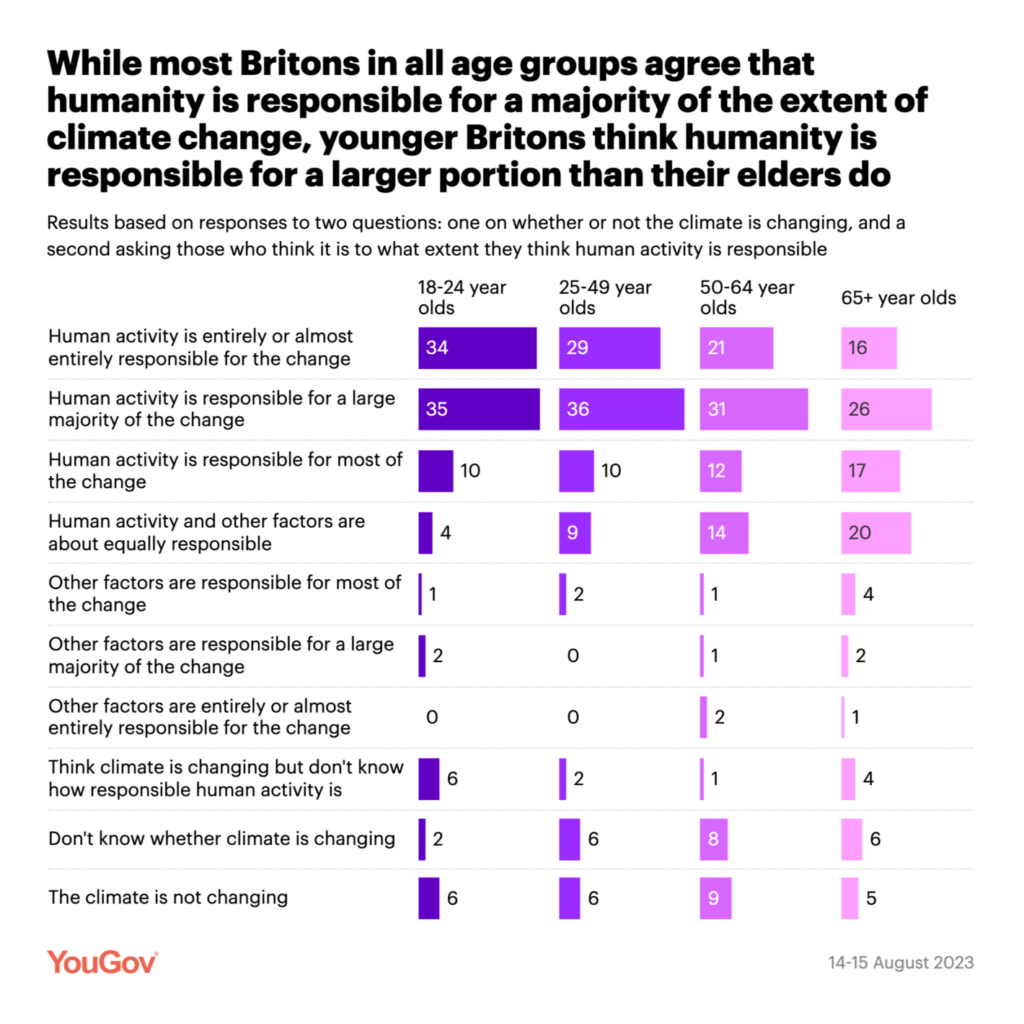

Other consequences of climate change visualized this week included coral bleaching, extreme weather events such as massive rainfall, and too little snow in the current Australian winter:

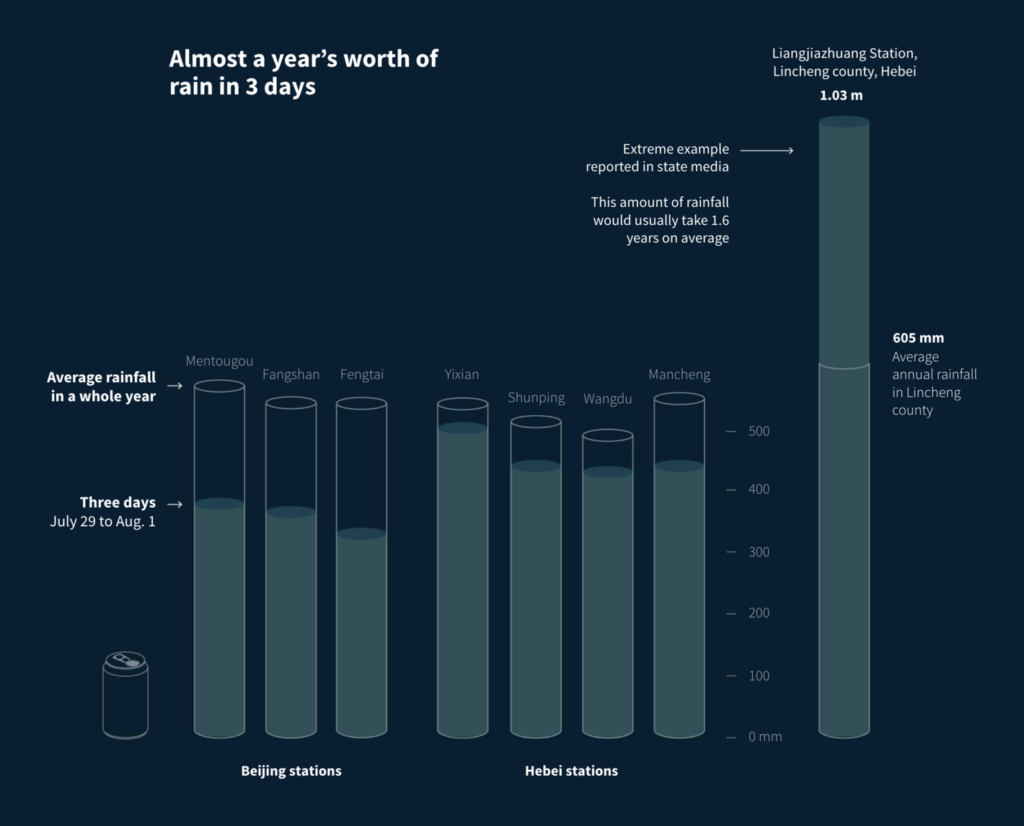
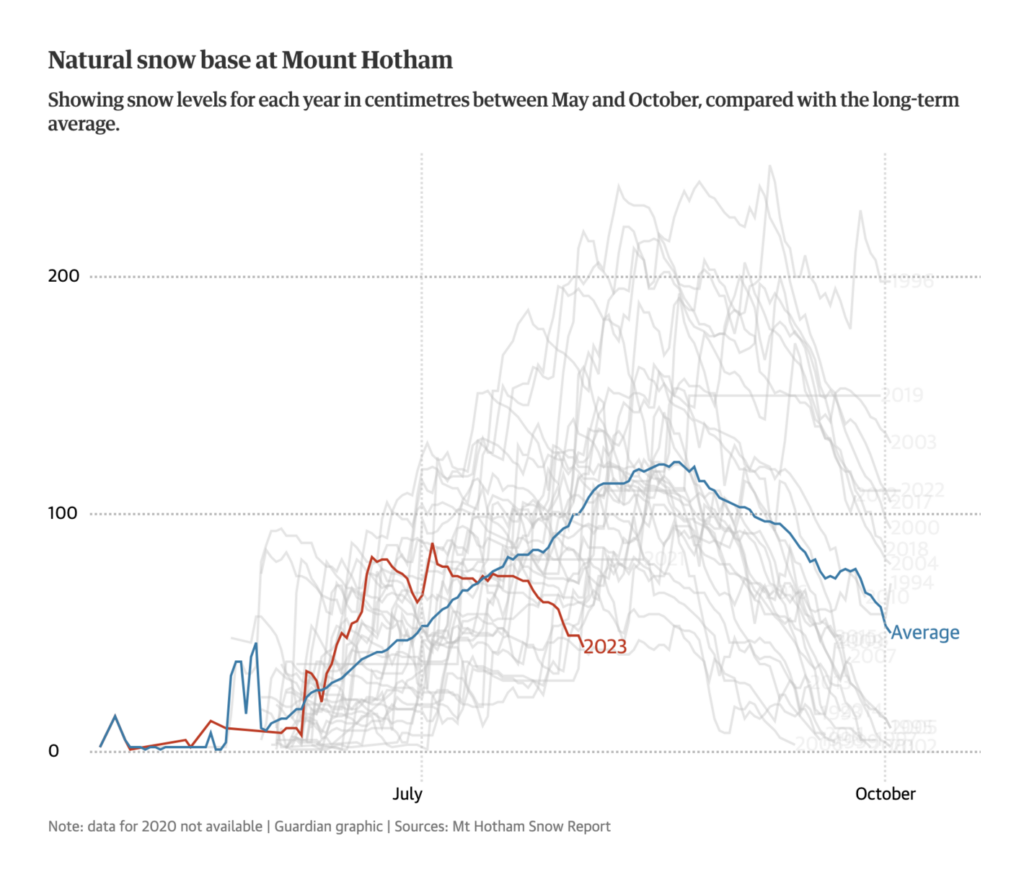
A special focus was on hurricanes and typhoons:
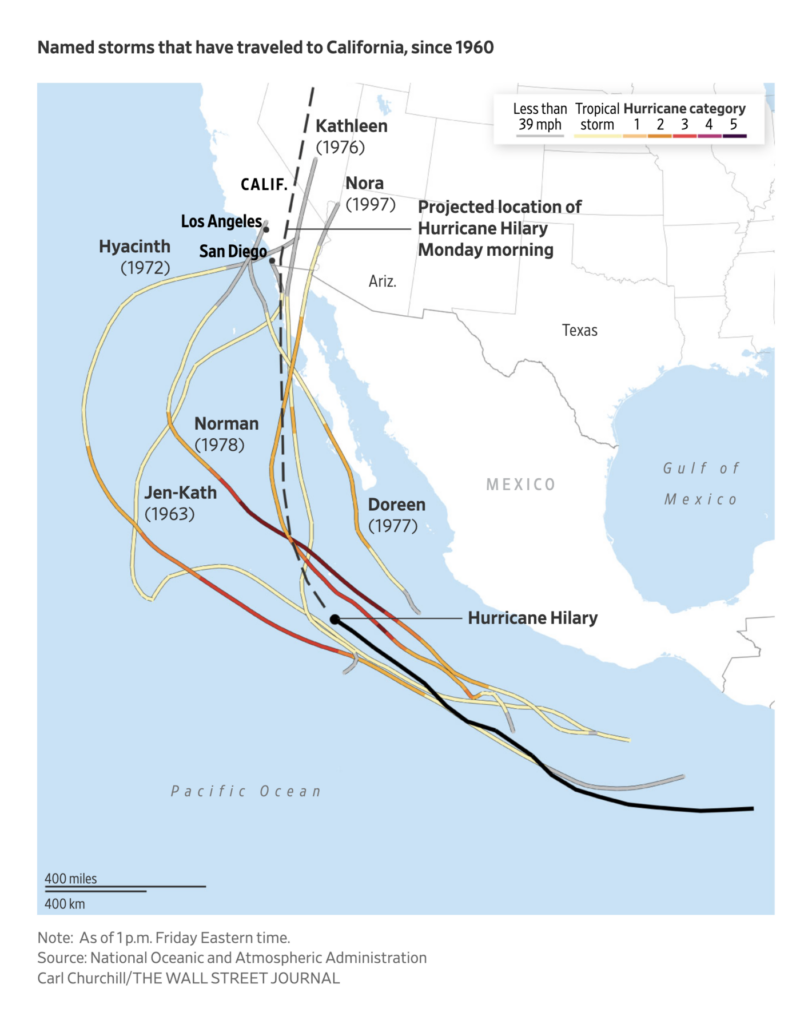
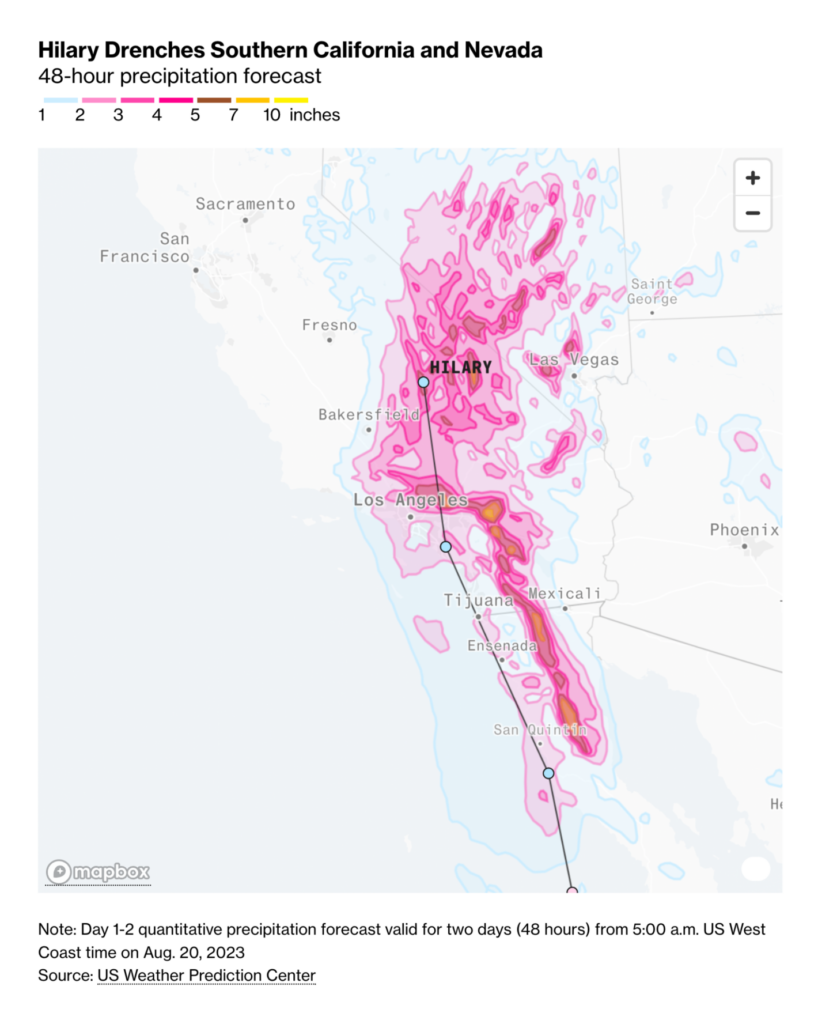
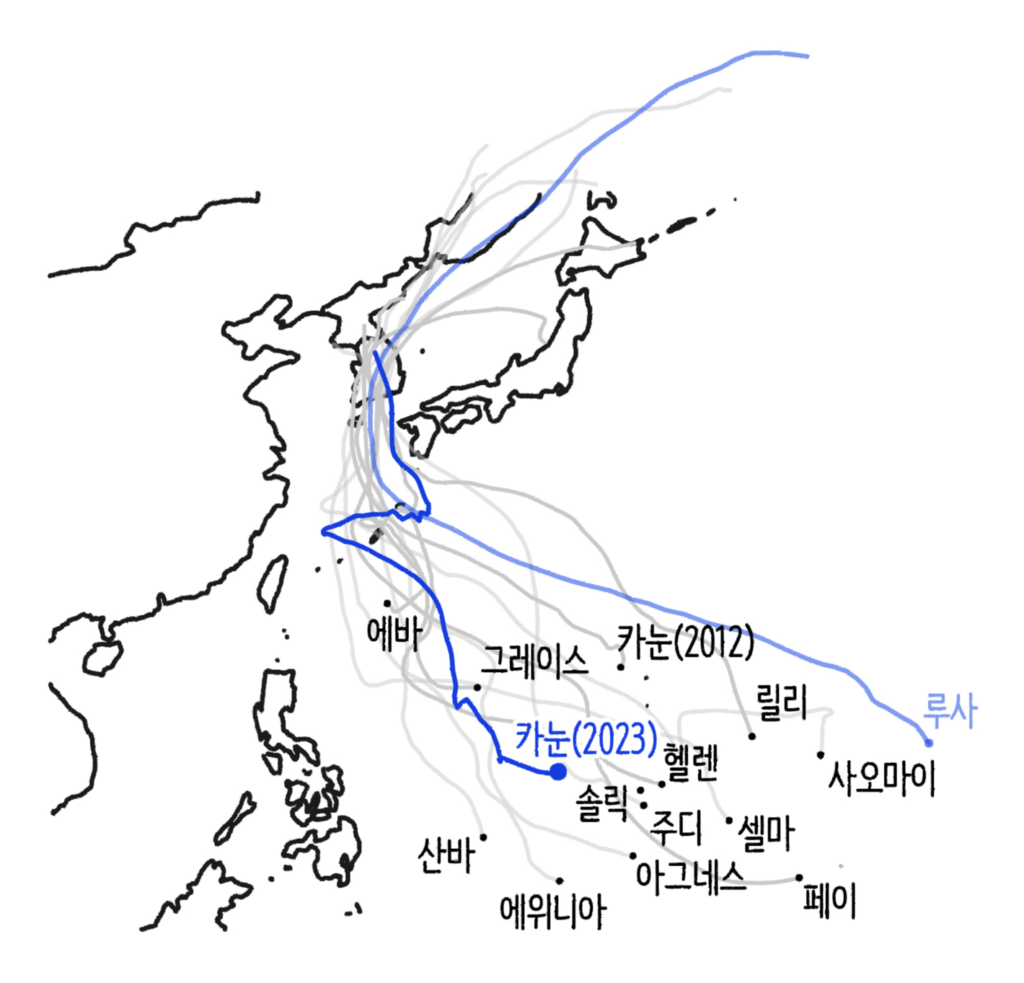
As most weeks, newsrooms visualized aspects of the energy transition as a solution to climate change:



On a lighter note: The finale of the FIFA World Cup happened on Sunday, and people were more interested in it than ever:
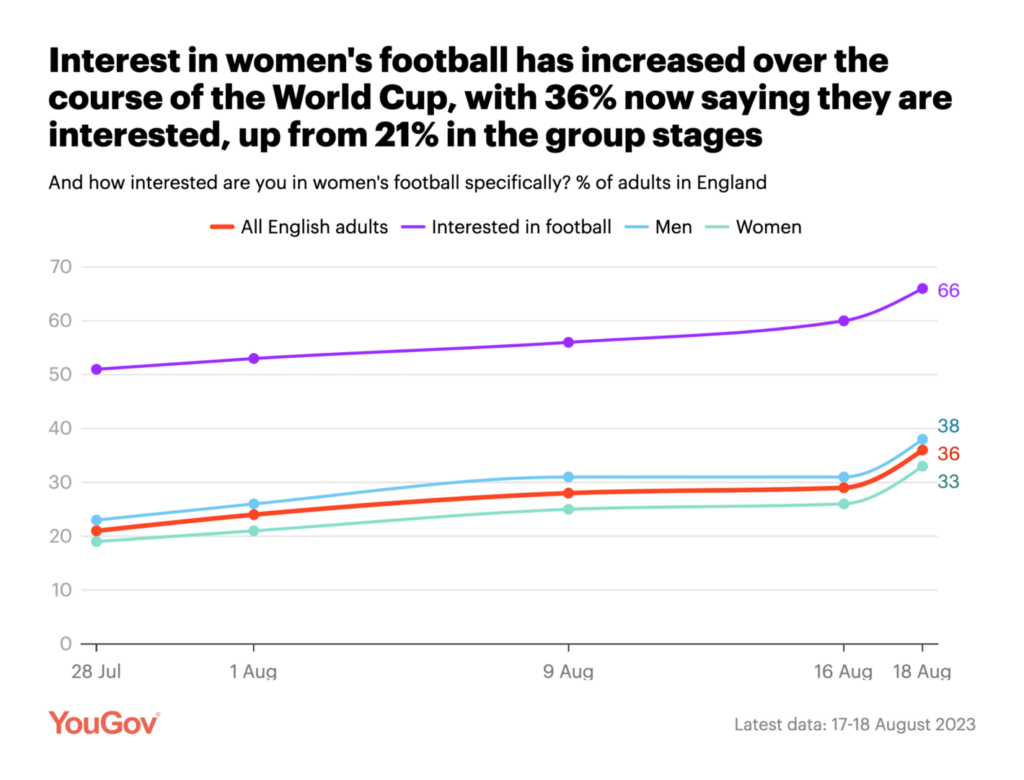
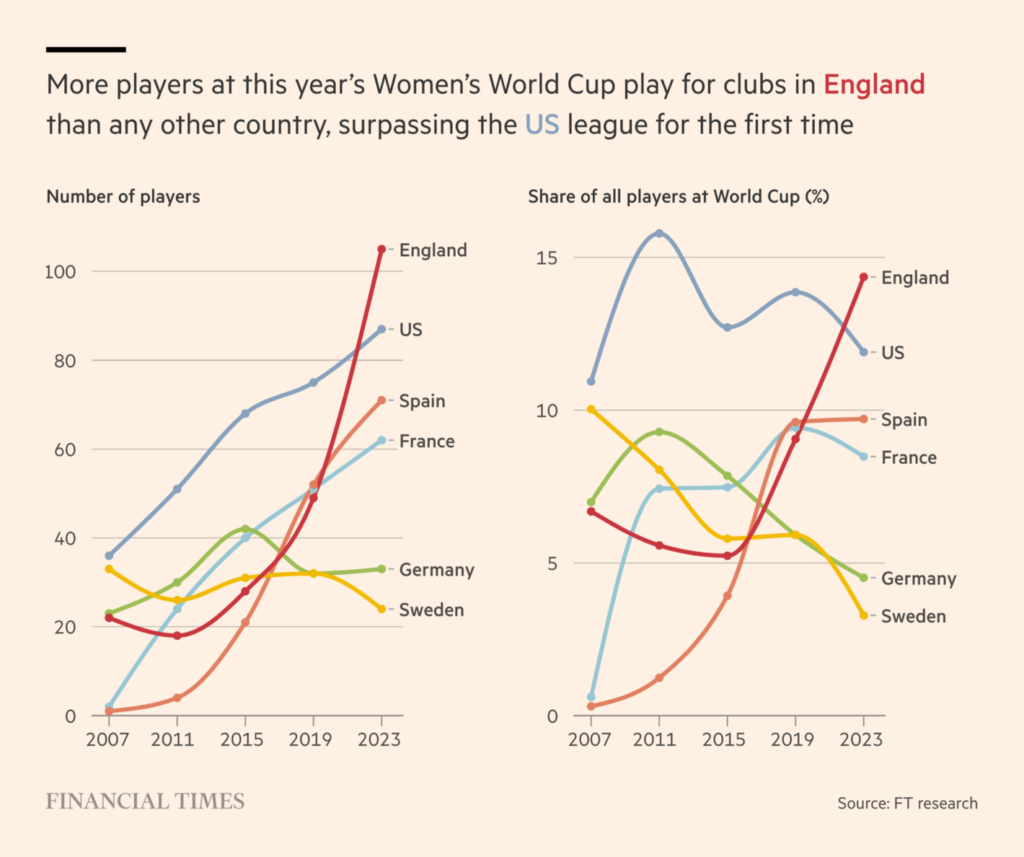
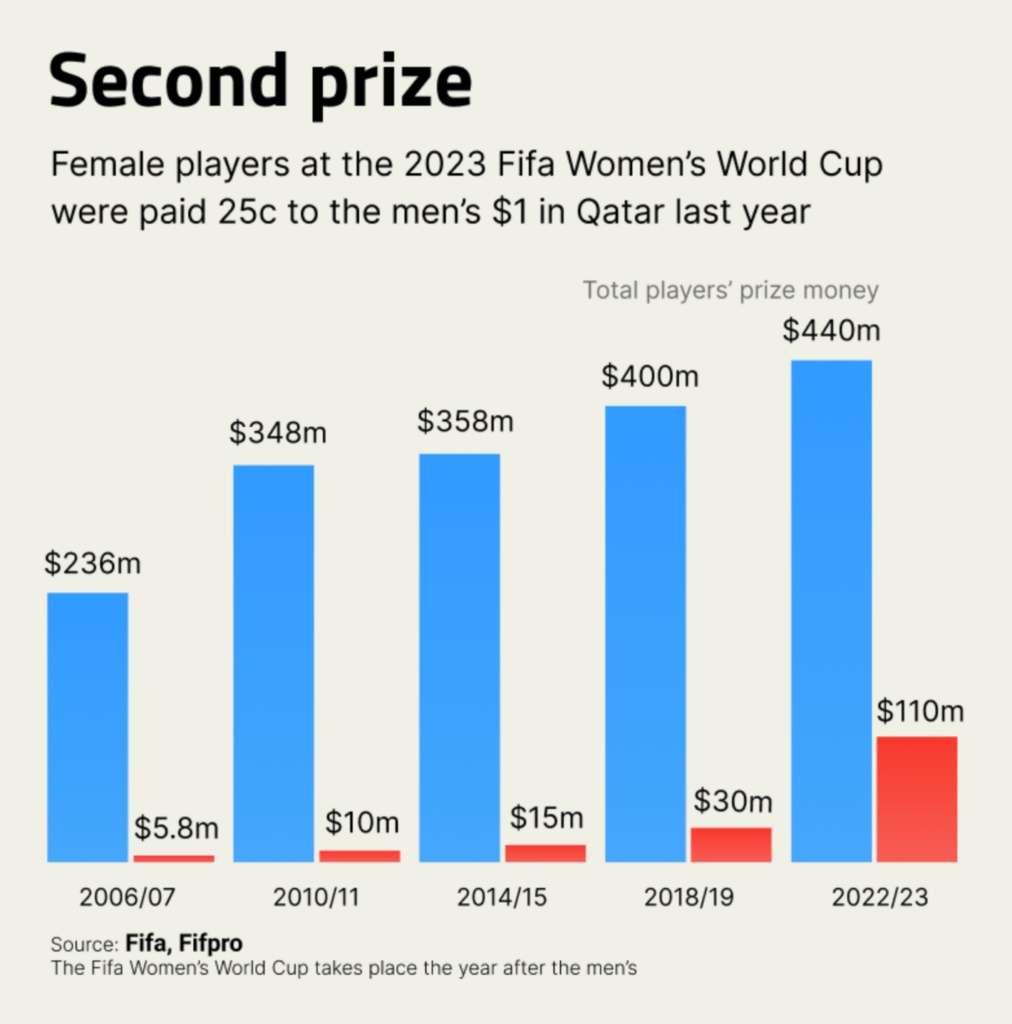
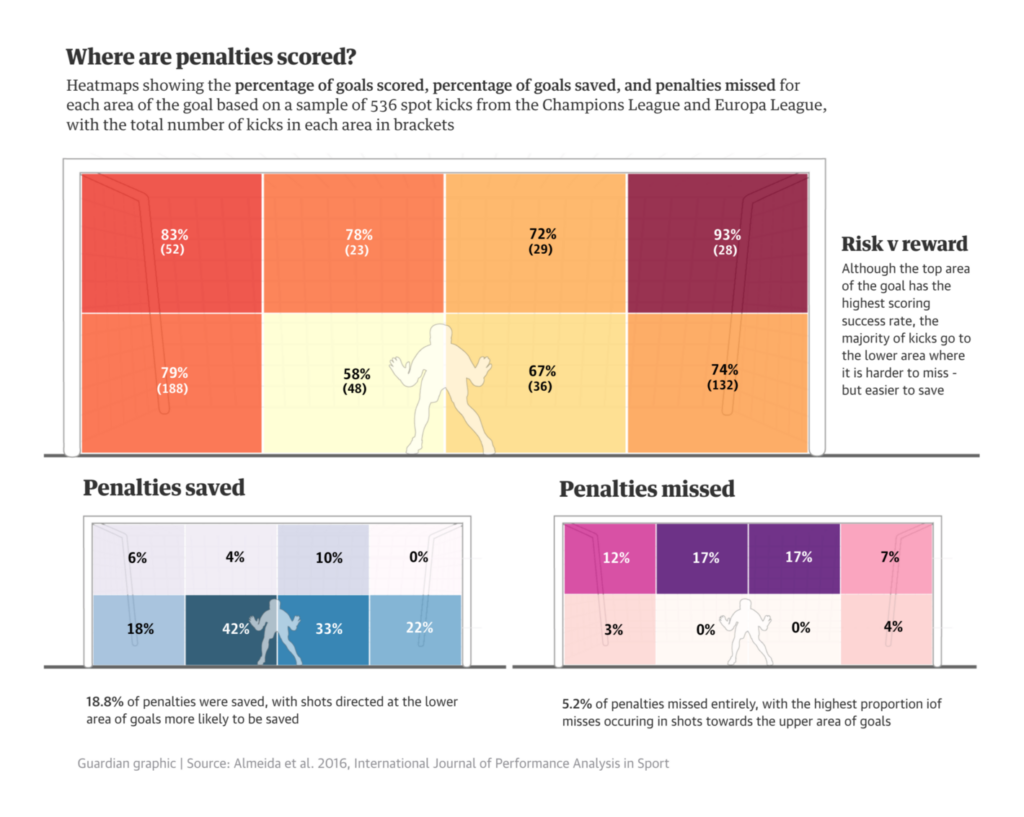
In charts covering politics, we saw a focus on U.S. Republicans and donations to Trump:
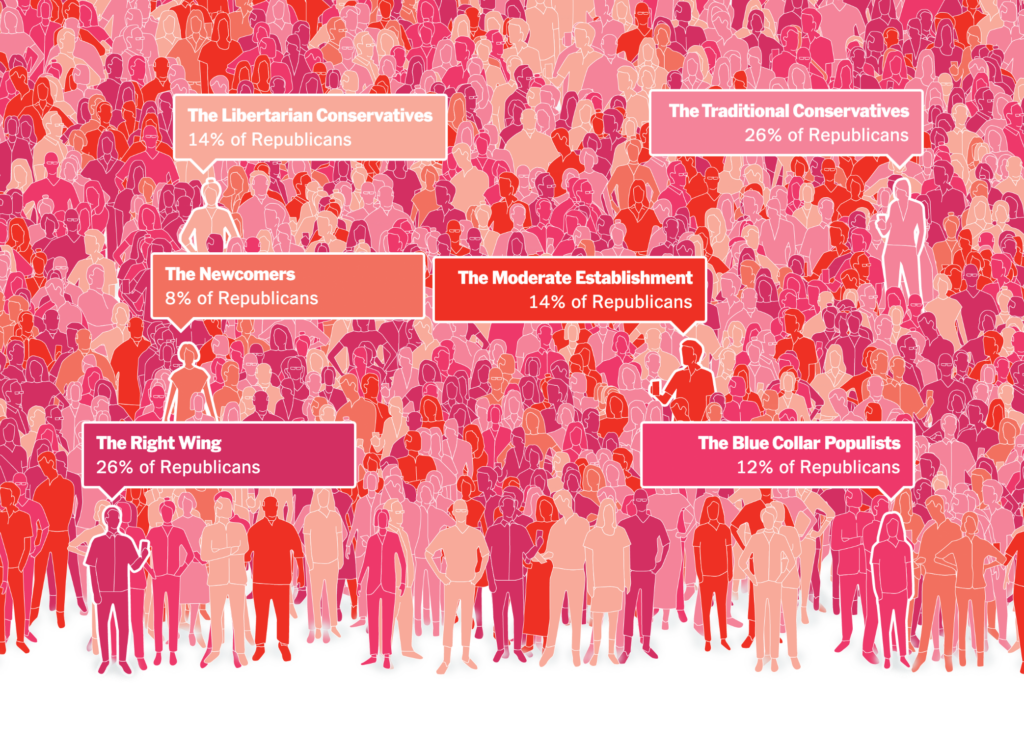



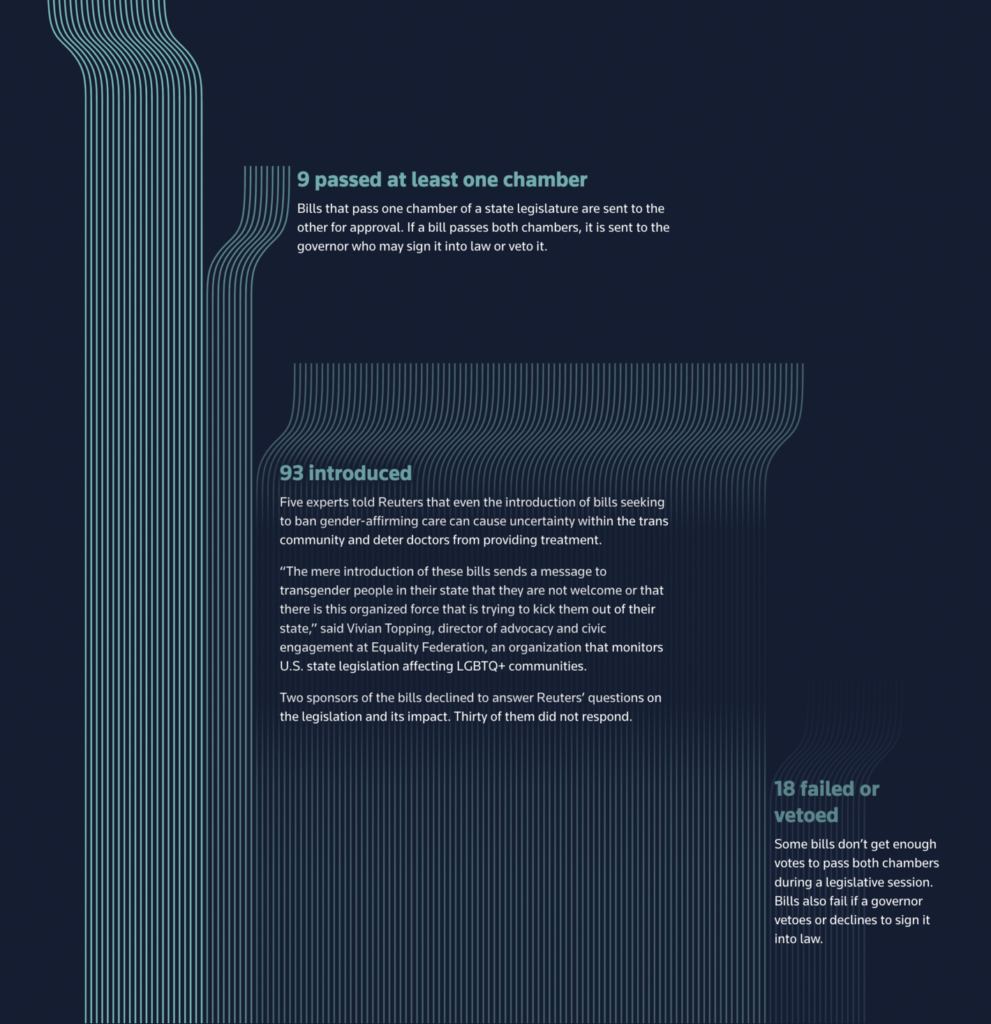
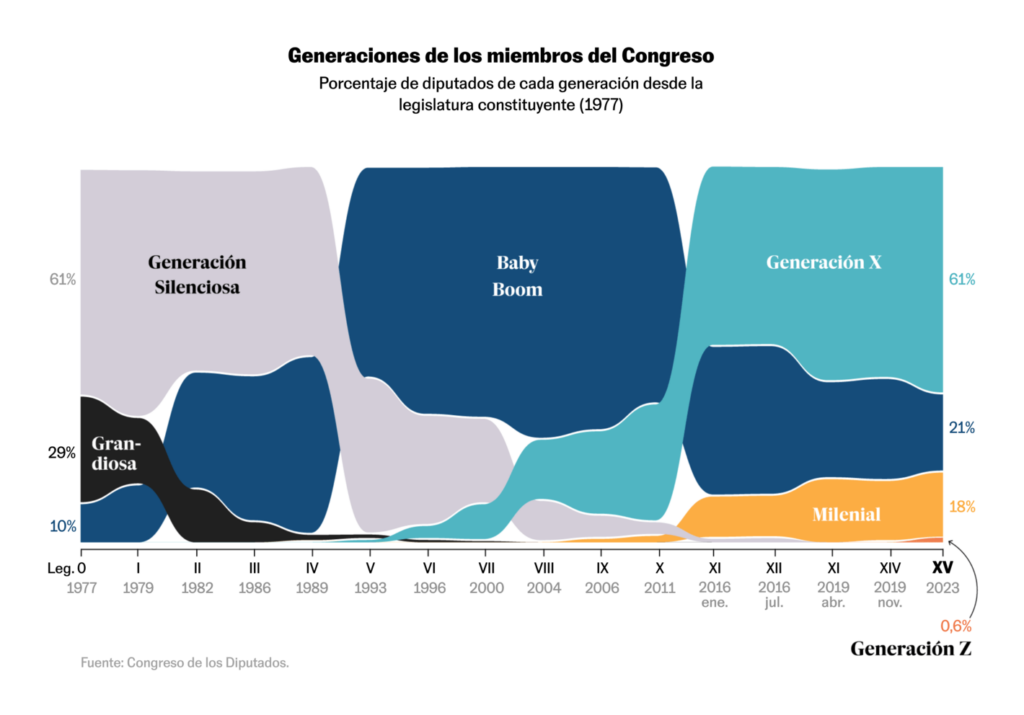
And when it came to economics, we encountered beautiful maps:
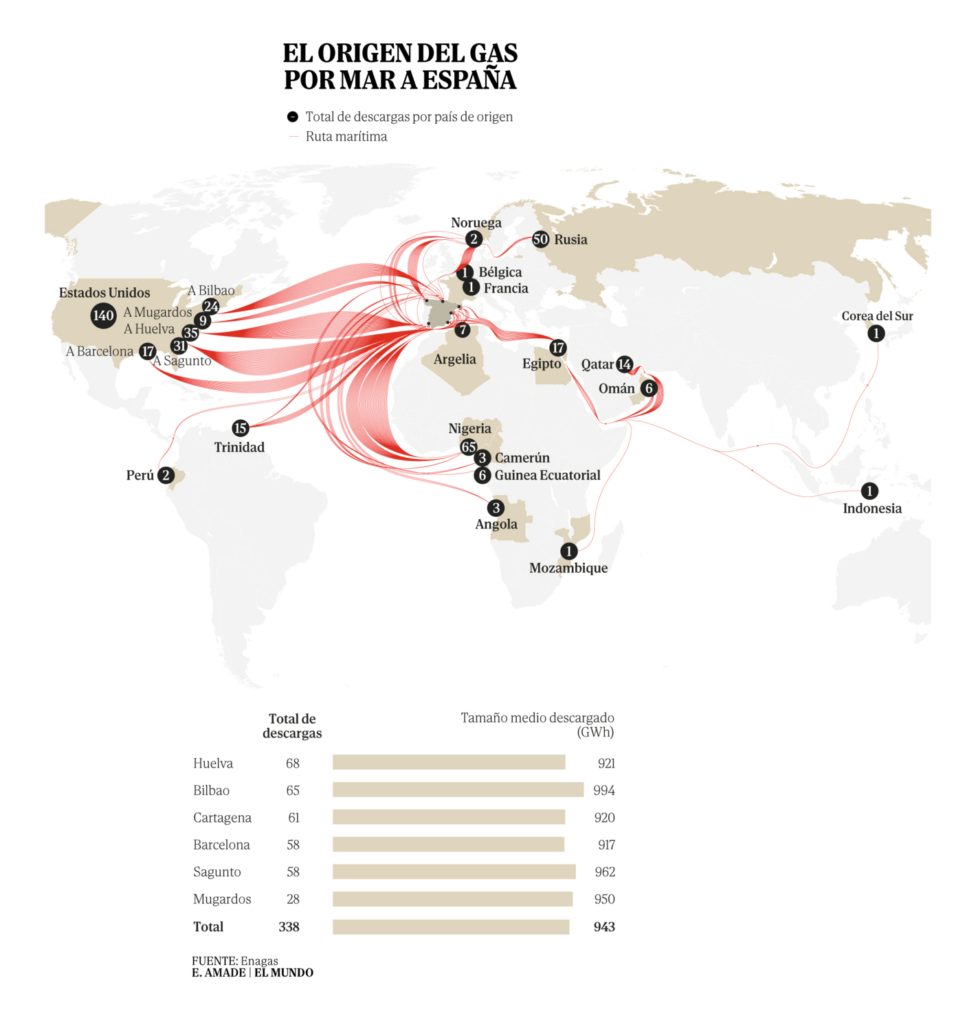
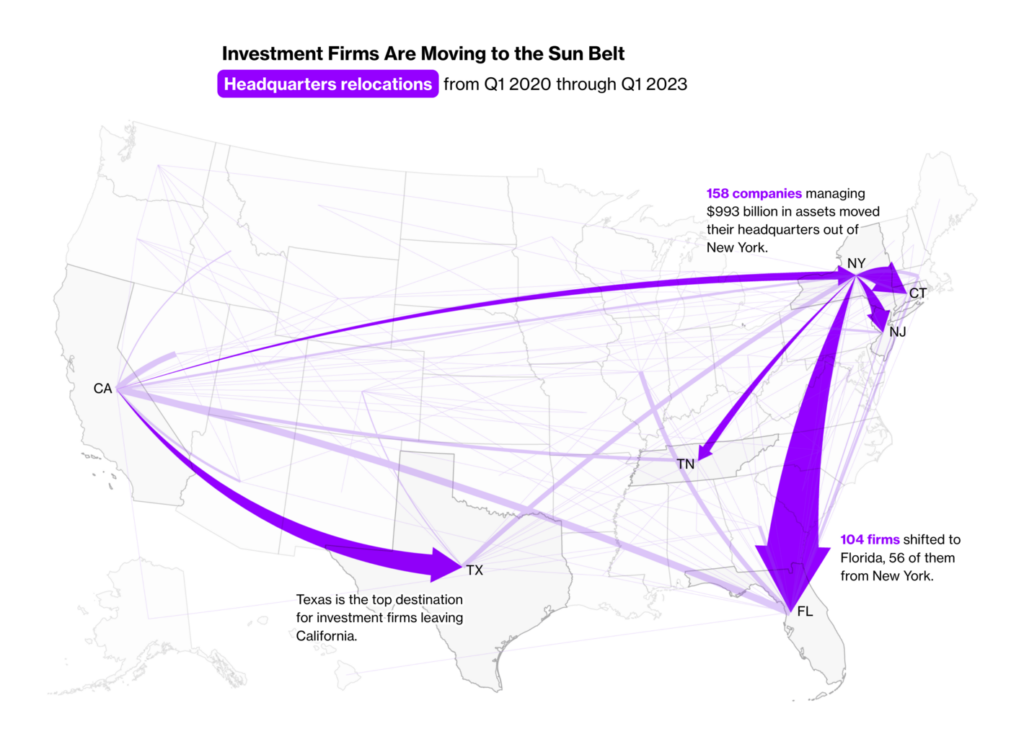
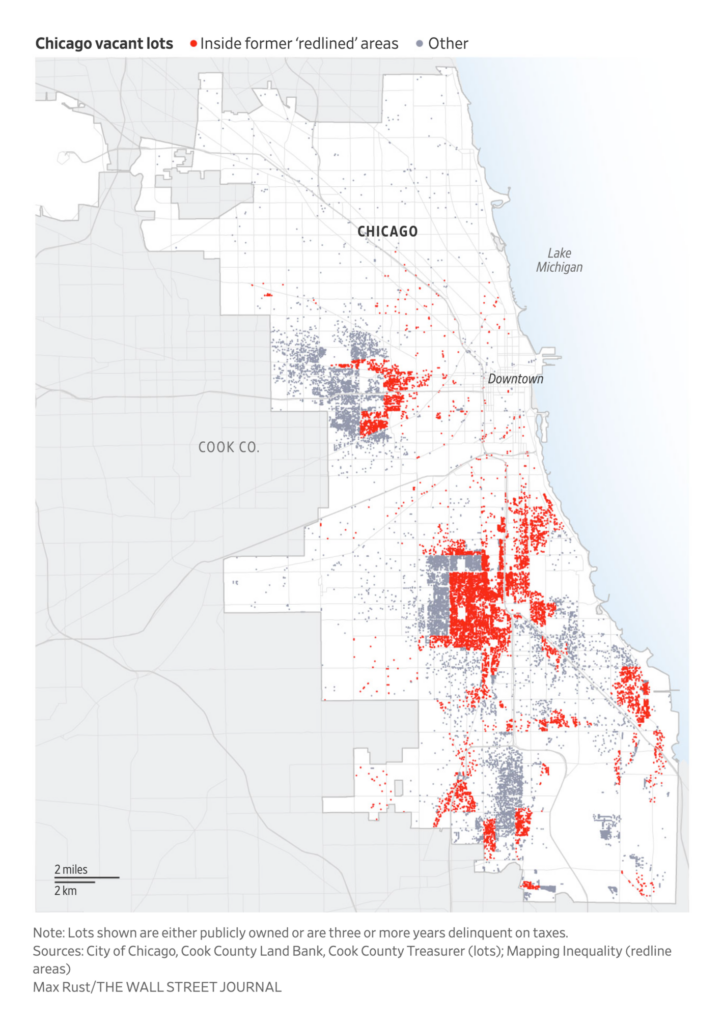
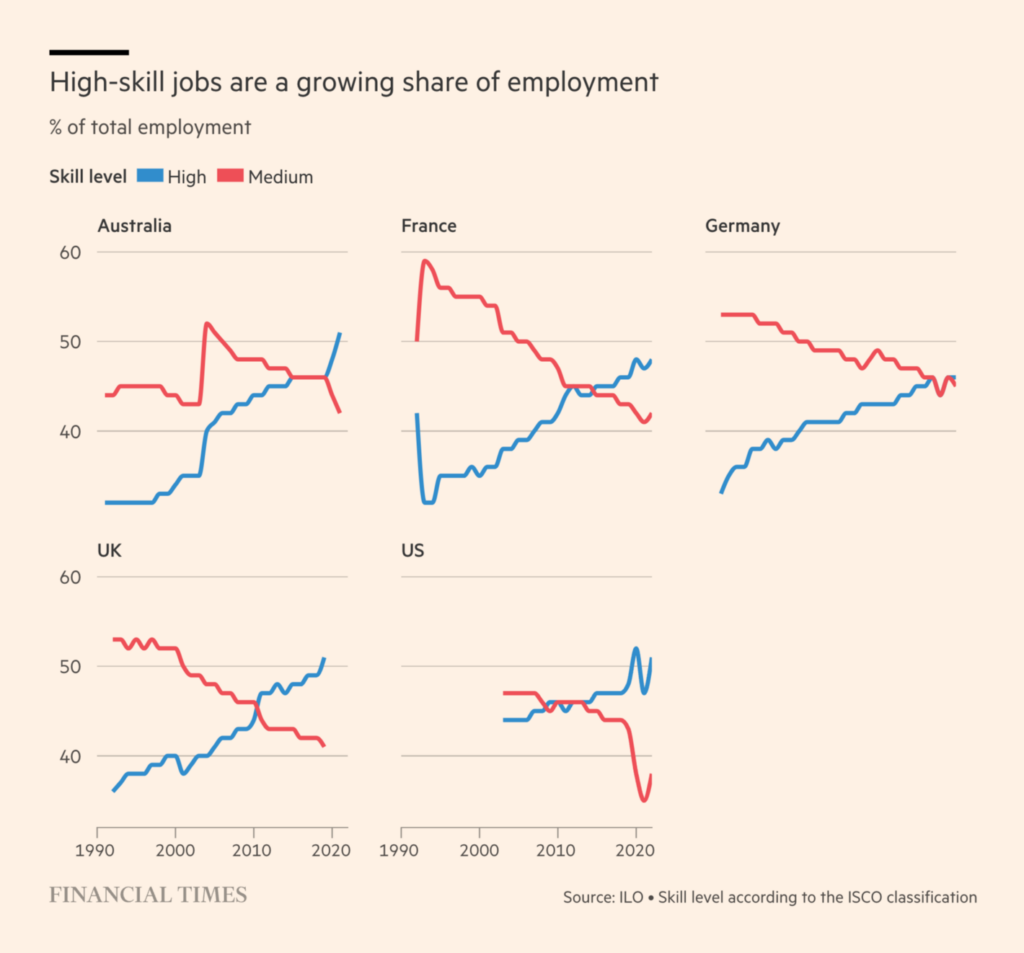
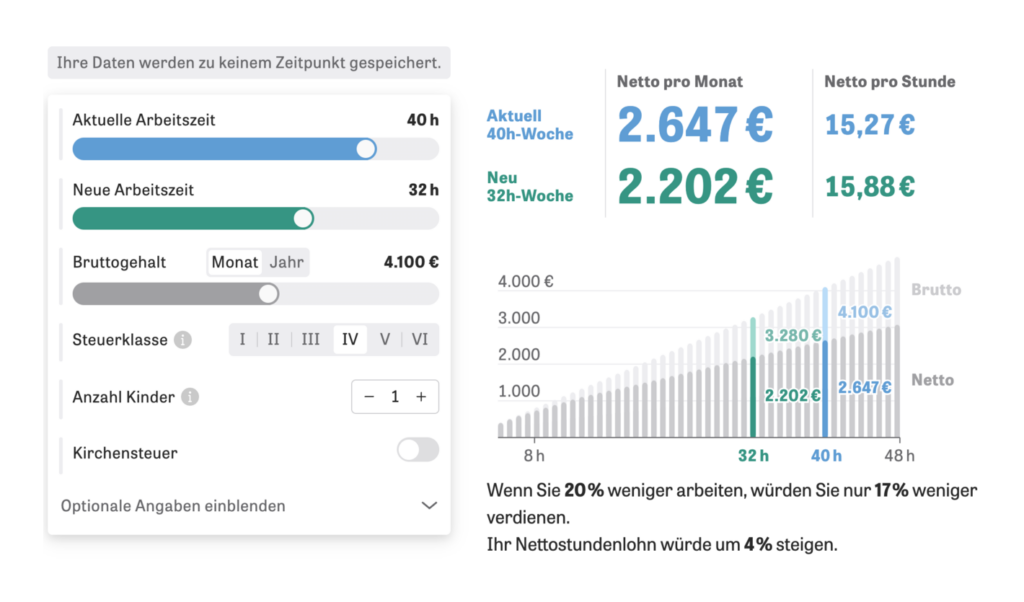
Speaking of economics: visualizations about inflation still show a clear trend. Credit-card balances and rents go up, savings go down:

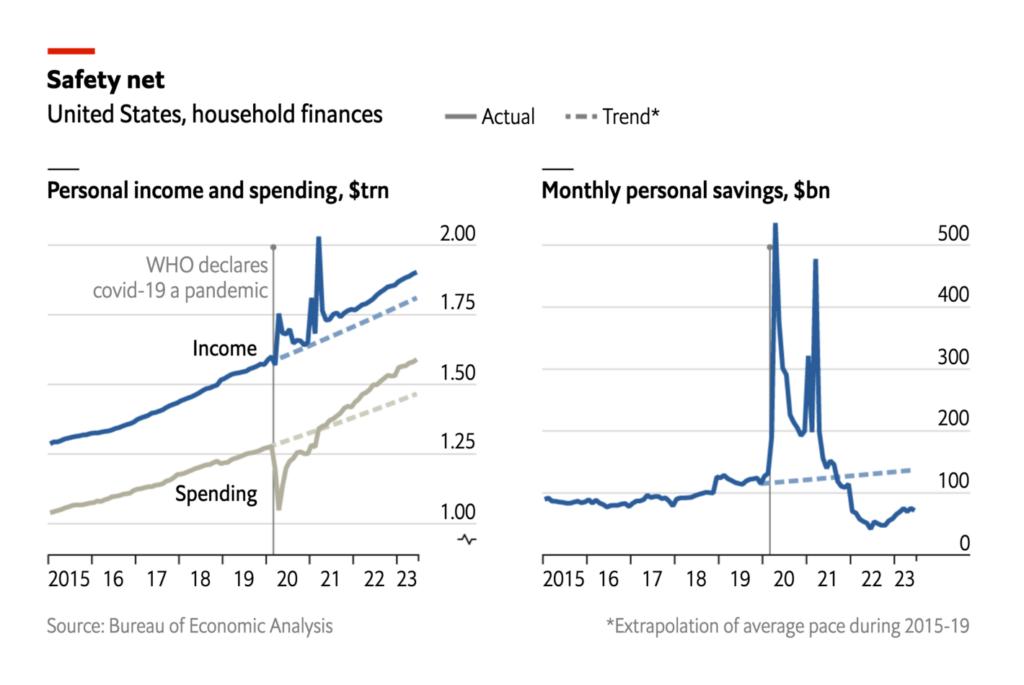

Unusually many charts this week covered the topic of mothers giving birth, and what that means for their careers and their countries’ economies:
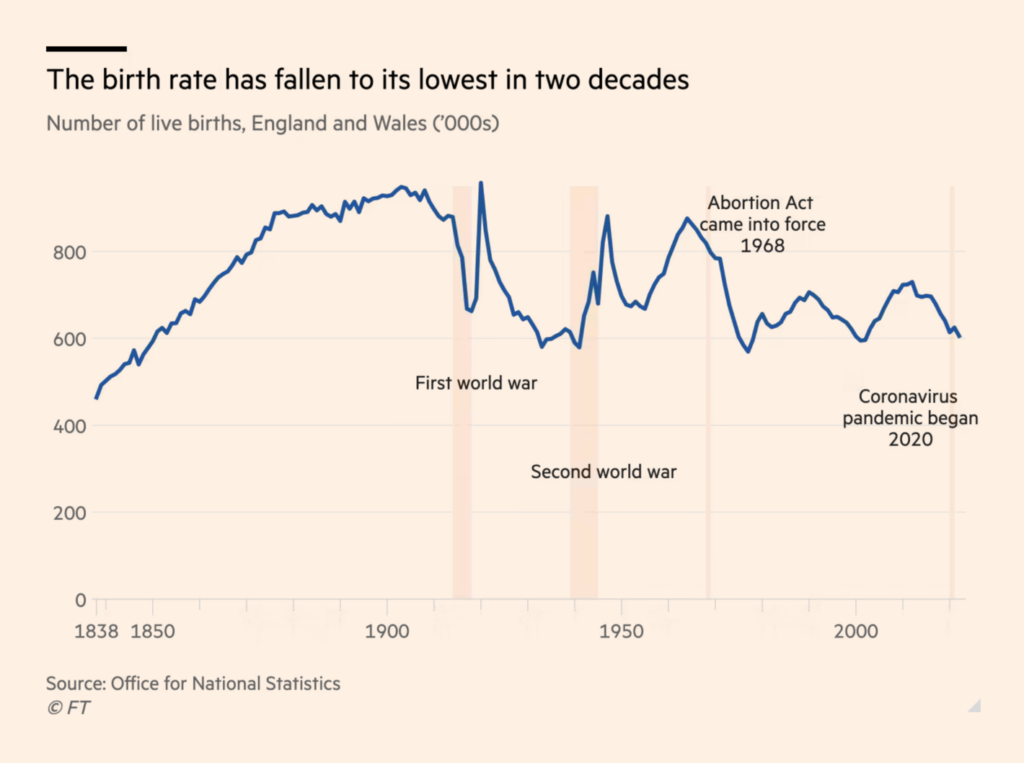
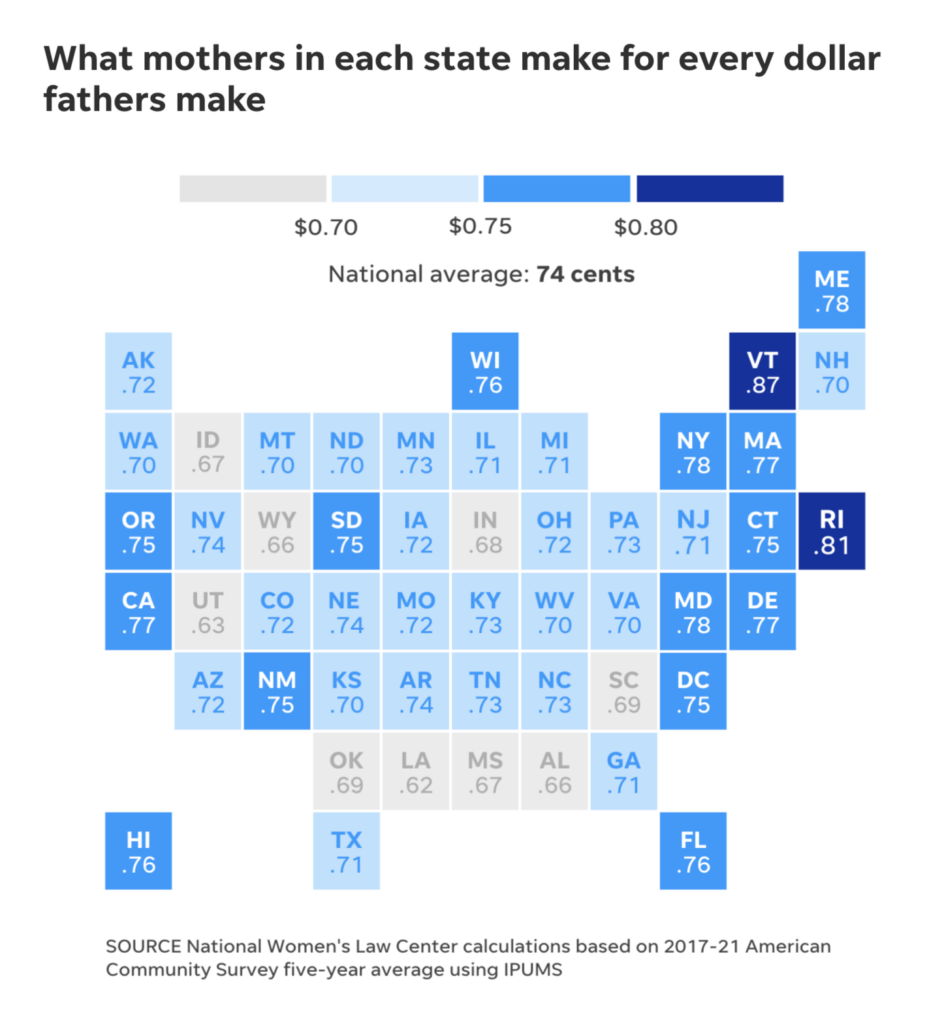
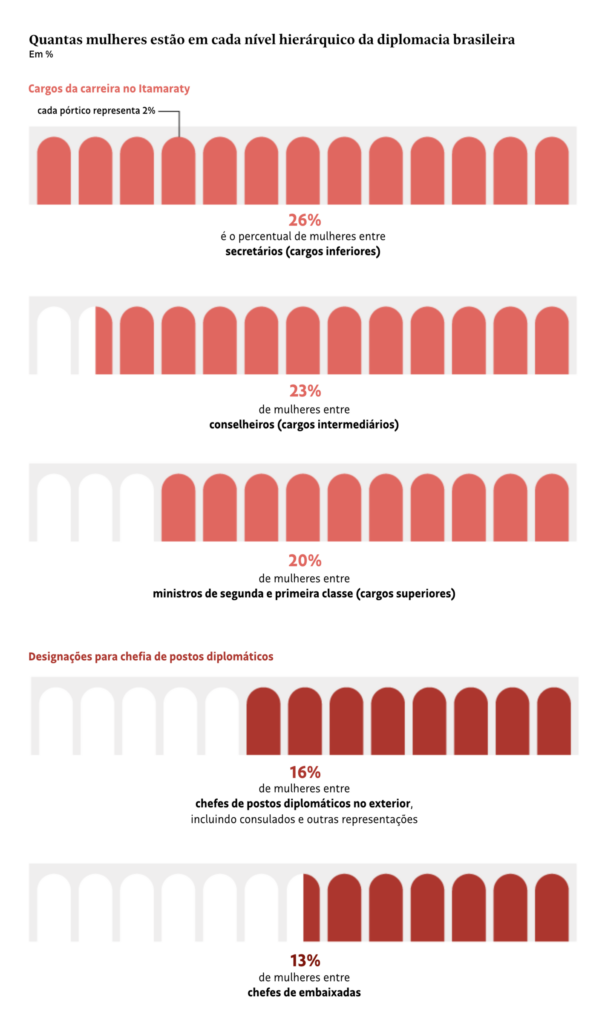

We also saw many visualizations dealing with health and death this week:
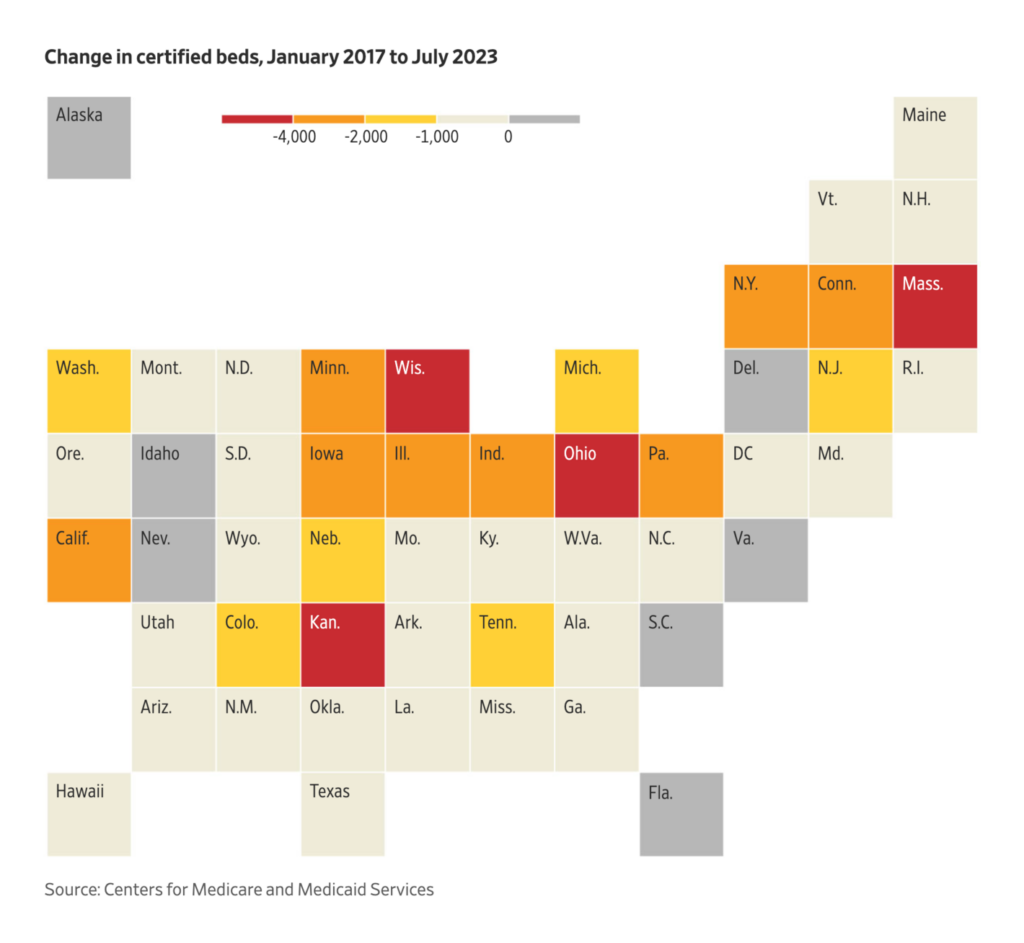
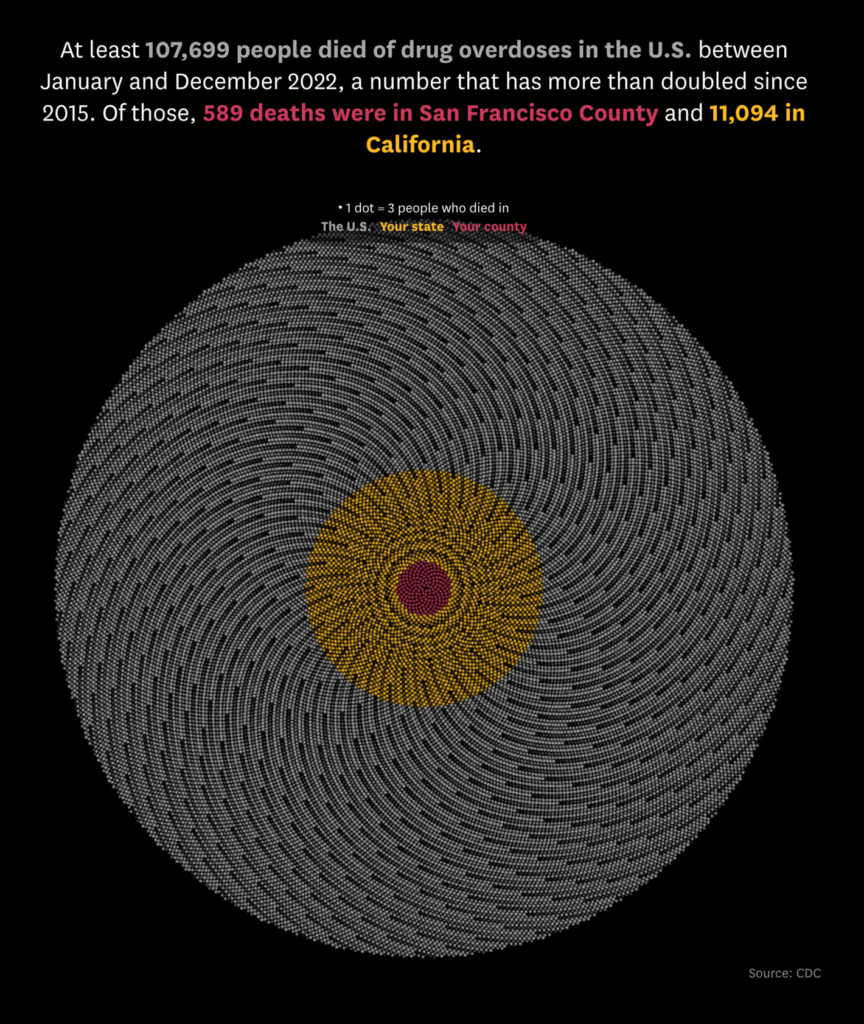


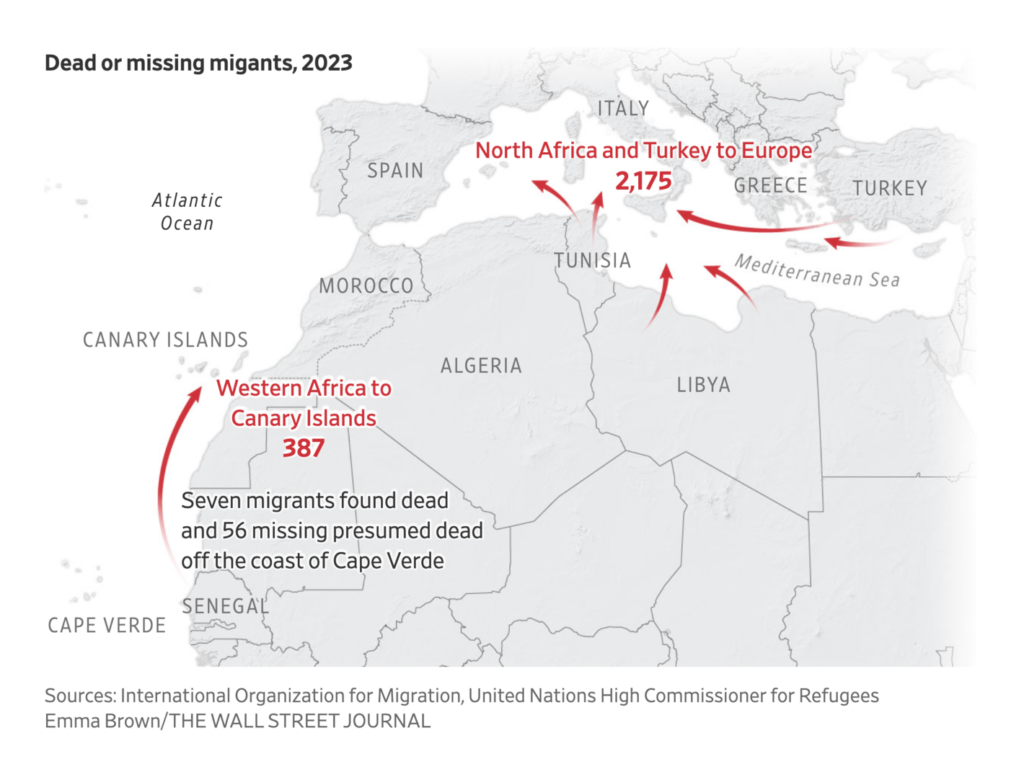
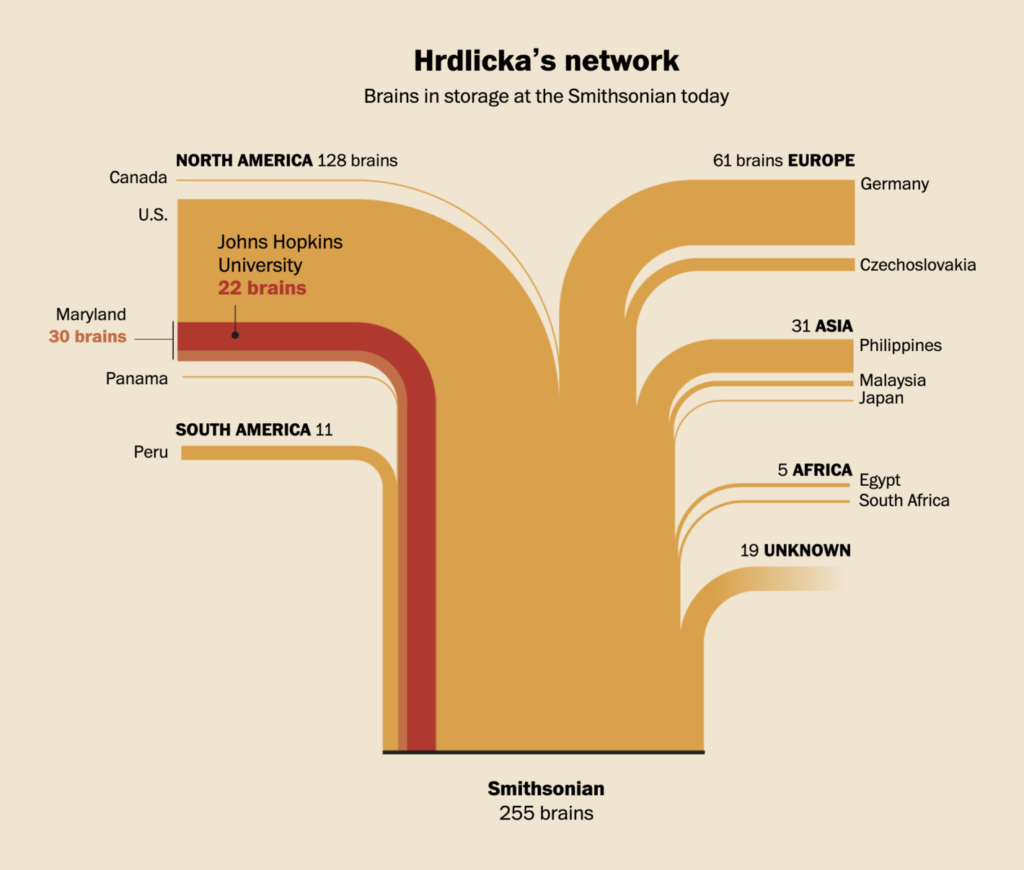
We made it this far, so let’s reward ourselves with some more beautiful maps and charts on Netflix, pumpkins, and college sports in our miscellaneous section:



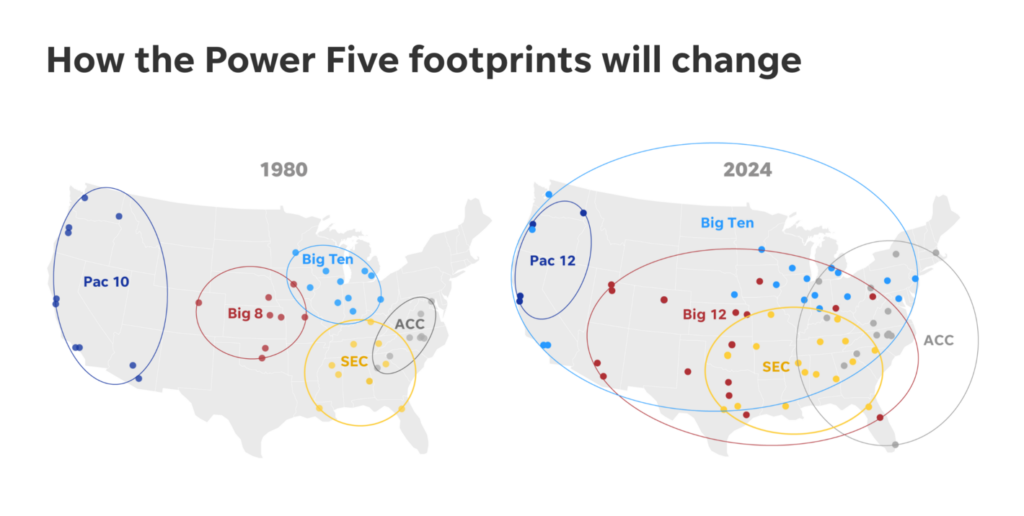


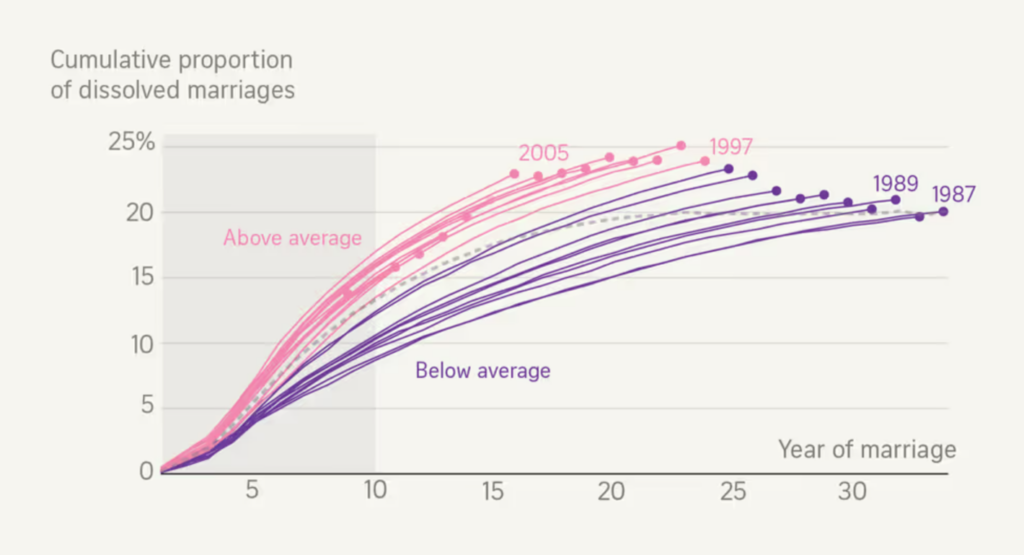

What else we found interesting

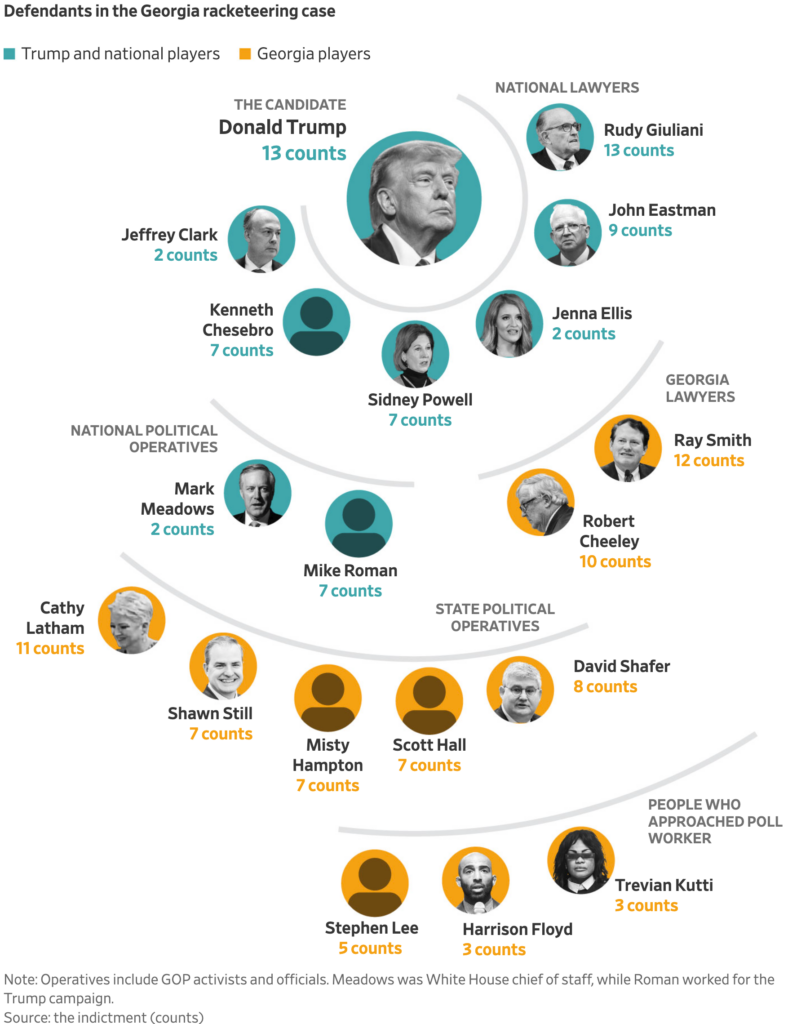

Help us make this Dispatch better! We’d love to hear which newsletters, blogs, or social media accounts we need to follow to learn about interesting projects, especially from less-covered parts of the world (Asia, South America, Africa). Write us at hello@datawrapper.de or leave a comment below.
Want the Dispatch in your inbox every Tuesday? Sign up for our Blog Update newsletter!




Comments